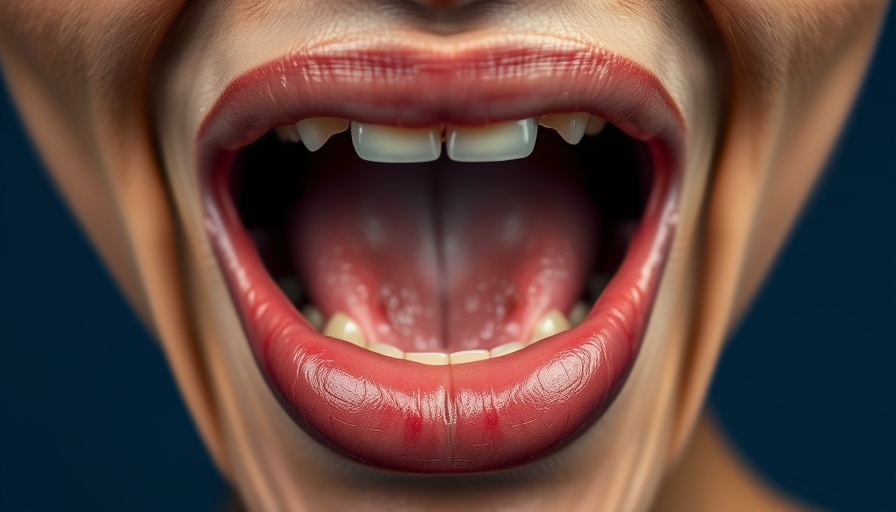
Understanding Personality Types Through Carl Jung's Lens
Carl Jung's exploration of personality types through the Myers-Briggs Type Indicator (MBTI) remains a vital discussion for understanding individuals, particularly in relation to mental health. Jung’s theories help illuminate why certain people may experience anxiety disorders, depression, or stress differently. Recognizing the intricacies of personality can empower individuals to seek tailored strategies such as cognitive behavioral therapy (CBT) or mindfulness-based techniques to manage these issues.
Connecting Mental Health with Personality Insights
Understanding one's Myers-Briggs personality type offers insight into inherent strengths and potential areas of vulnerability. For example, introverts may experience heightened stress levels in social situations, making them more susceptible to social anxiety. Thus, personalized coping strategies that include relaxation techniques and peer support could significantly enhance their well-being. The connection between personality type and mental health issues such as generalized anxiety disorder or panic attacks presents a compelling case for personalized care in therapy settings.
Empowering Youth and Families Through Personality Understanding
Families can benefit profoundly from understanding the MBTI framework. Educators and caregivers can utilize these insights to establish supportive environments for individuals experiencing anxiety, especially surrounding pivotal life stressors like school performance and social interactions. For instance, educational programs focusing on mental health education that incorporates personality insights can empower students to cultivate resilience and improve their coping strategies, addressing issues like test anxiety or social media anxiety.
The Role of Awareness in Mental Health
Stigma surrounding mental health continues to be a significant barrier for those seeking help. Increasing mental health awareness through discussions about personality types can reduce this stigma. By highlighting how different types experience and react to mental health challenges, we foster a culture of understanding and empathy, particularly for anxiety disorders and other mental health issues. Support groups that resonate with personality characteristics can provide safe spaces for individuals to share experiences and strategies without fear of judgment.
Practical Strategies for Balancing Personality and Mental Health
Integrating Jung’s theories with modern mental health practices can unlock unique strategies for managing anxiety. For instance, tailored interventions such as specific meditation practices and relaxation techniques can be designed based on personality typology. Those identified as perceivers might benefit from flexible approaches such as art therapy or music therapy, while judgers may prefer structured coping mechanisms. By promoting self-care through engaging mediums, individuals can resonate with their true selves while undergoing healing.
Future Trends in Mental Health and Personality Integration
As society grows more aware of mental health issues, the integration of personality type understanding into mental health care is likely to gain traction. Teletherapy and digital mental health resources may adapt personality-focused content, providing users with personalized coping strategies in a digital age. It is crucial for healthcare policy to embrace these insights, ensuring that mental health services cater to diverse experiences based on personality types to enhance access and efficacy.
Conclusion: The Importance of Understanding Personality in Mental Health
Embracing Carl Jung's insights into personality types can be instrumental in ensuring better outcomes for those grappling with the weight of anxiety, depression, and other mental health challenges. Understanding the natural dispositions of individuals, particularly for at-risk groups, offers paths to targeted interventions and support systems. By fostering this awareness, we pave the way for a more compassionate approach to mental health that prioritizes individual differences and promotes resilience.
 Add Row
Add Row  Add
Add 




Write A Comment